What is a Ventilator and When it is Needed?
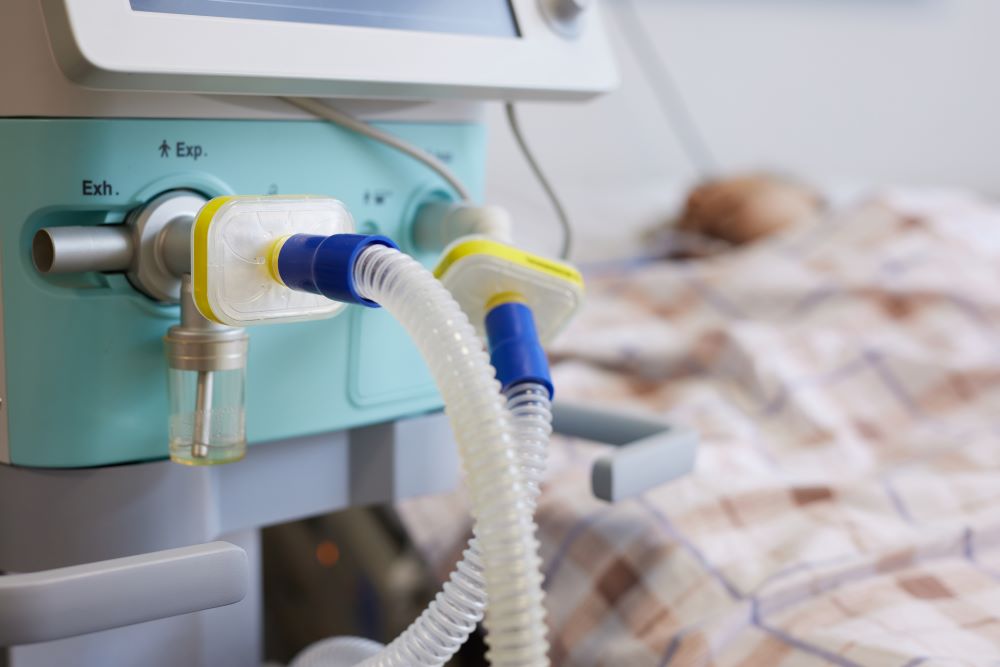
If your loved one is hospitalised with a severe health condition, they may be put under ventilation. When a patient cannot breathe on their own, ventilation is necessary to provide Oxygen. Ventilators can also be used if they are under anaesthesia during any surgery.
If you have your family member or someone close to you on ventilation, you must know what a ventilator is, its uses and types. Read along to learn the types of ventilators and how useful they are during emergencies.

Table of Contents

What is the Meaning of a Ventilator?
A ventilator is a life-saving machine that pumps Oxygen inside and outside your respiratory system so your body can get the air it requires. A medical ventilator helps your lungs work when you cannot breathe naturally. In such cases, you might have to wear a fitted mask to get Oxygen from the ventilator. However, if your health condition is severe, doctors might insert a breathing tube down your throat to supply Oxygen to your lungs and help you breathe properly.
A medical practitioner controls the amount of Oxygen required to push inside your lungs via a ventilator. There are different types of ventilators, each with a varying support system. Your doctor will decide which one you need depending on your health condition. Now let us get into the details of different ventilator types.
What are the Types of Ventilators?
You can receive ventilation in several ways as decided by your doctor. Here are the various types of ventilators you might require as per your health condition:
1. Face-mask Ventilator
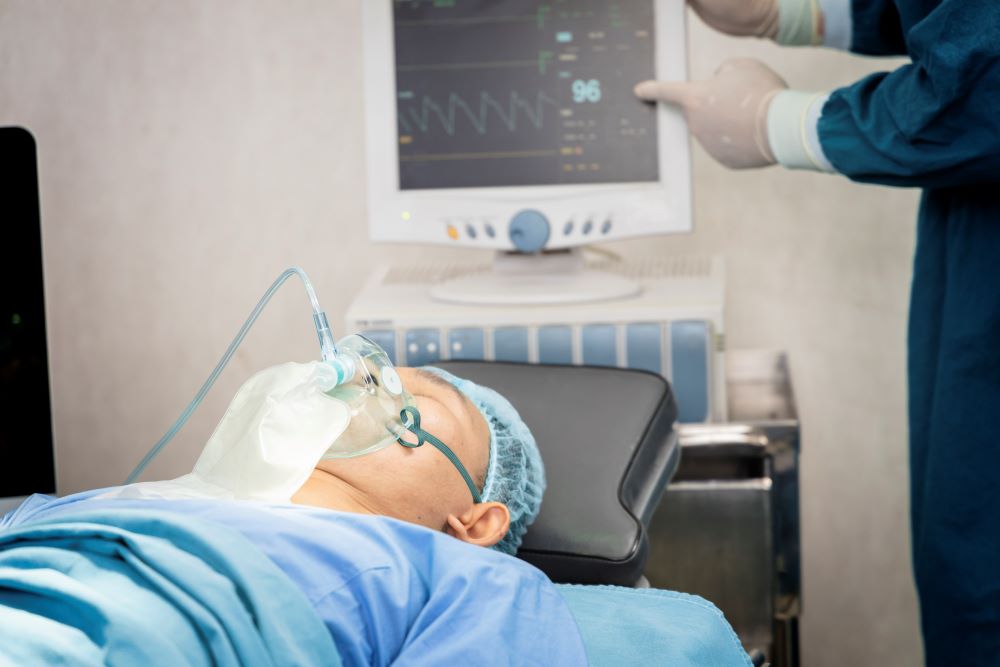
A non-invasive process to support your breathing system and Oxygen levels, a face-mask ventilator was the most used ventilator during the pandemic. You need to wear a mask that properly fits over your mouth and nose as air flows inside your lungs. Additional devices that operate through a face mask are CPAP or Continuous Positive Airway Pressure, and BiPAP or Bi-Level Positive Airway Pressure.
You might have to use these masks if you have chronic health problems such as COPD or Chronic Obstructive Pulmonary Disease. The PAP therapy also helps in expelling carbon dioxide levels in your body, and it totally depends on your doctor which therapy they will choose. The benefits of a face-mask ventilator are:
Benefits
- Face-mask ventilator doesn’t require sedation.
- You can talk and swallow naturally.
- It is more comfortable than a breathing tube that goes down your throat and might be uncomfortable.
- It reduces chances of pneumonia or infection, which are side effects of breathing tube ventilation.
2. Breathing Tube/Mechanical Ventilator
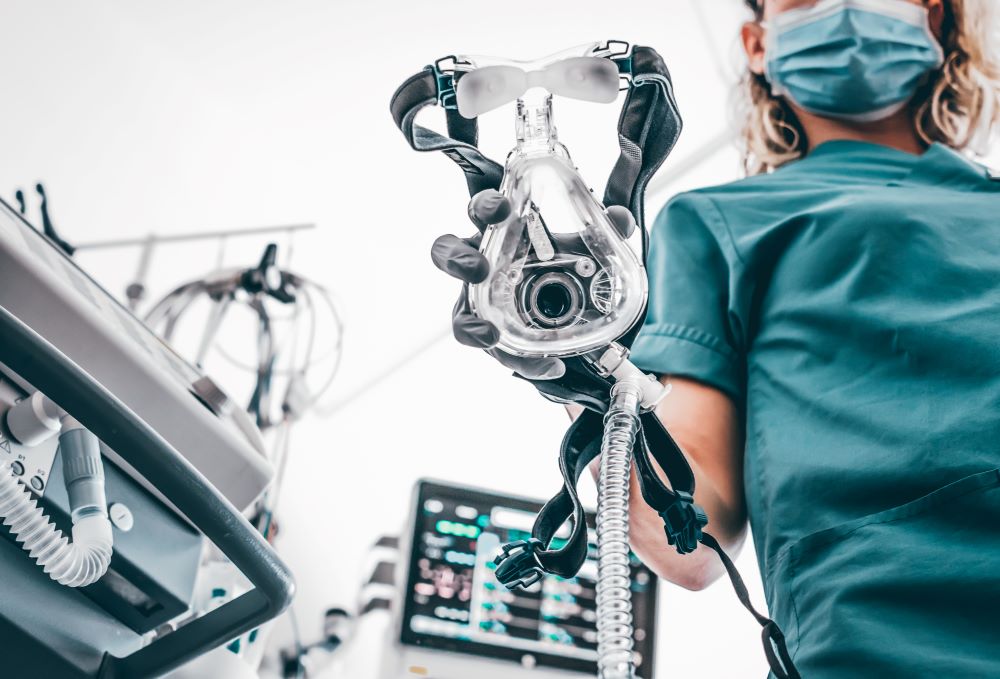
An invasive process of ventilation, a mechanical ventilator is essential during severe cases when you cannot breathe on your own. In this case, your doctor will insert a breathing tube into your throat and down your windpipe to supply Oxygen to your lungs. The breathing tube is annexed to a ventilator which blows air into your respiratory system to supply your body with Oxygen. It blows away Carbon Dioxide from your respiratory system. Since this procedure is painful, doctors will sedate you before beginning the surgery.
If you or any of your loved ones are on ventilation for a long time, the doctor might require a Tracheostomy. Here, your physician makes a hole in the front section of your throat. Then they insert a tube into your trachea beneath your vocal cords which connect to a ventilator. Additionally, a ventilator unit regulates the volume, pressure, temperature, and humidity of air as controlled by the doctor. The mechanical ventilator uses are as follows:
Benefits
- It is possible to control airflow direction with this ventilator.
- You can integrate it with air conditioning.
- You can easily control the room temperature and the indoor humidity.
- One can consistently access the flow rate regardless of the ambient temperature.
- Easily operated via electricity.
- You can add a filtration system to this ventilation system.
3. Manual Resuscitator Bag
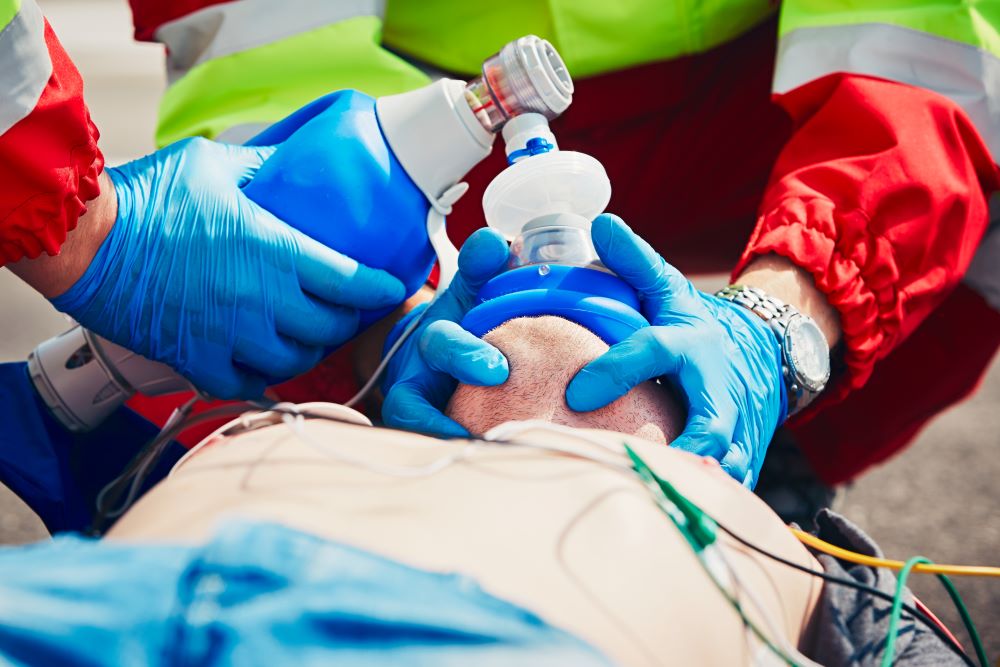
A manual resuscitator bag is necessary when you need to control the flow of air of the ventilator with your hands. These devices have an empty bag known as a "bladder". You require a squeeze to pump Oxygen into the respiratory system. Doctors also allow this bag when you require large breaths after suctioning, when the ventilator circuit changes, or during trach change. Your doctor can attach one of the tubes of this device into your throat, or you can attach them to a face-mask ventilator. This bag is a temporary solution if you must stop your mechanical ventilator due to power cuts.
Benefits
Advantages include:
- Ability to provide 100% Oxygen without the need for a reservoir.
- You can use it during emergencies.
- It is highly sensitive and can detect any change in airway pressure.
4. Tracheostomy Ventilator
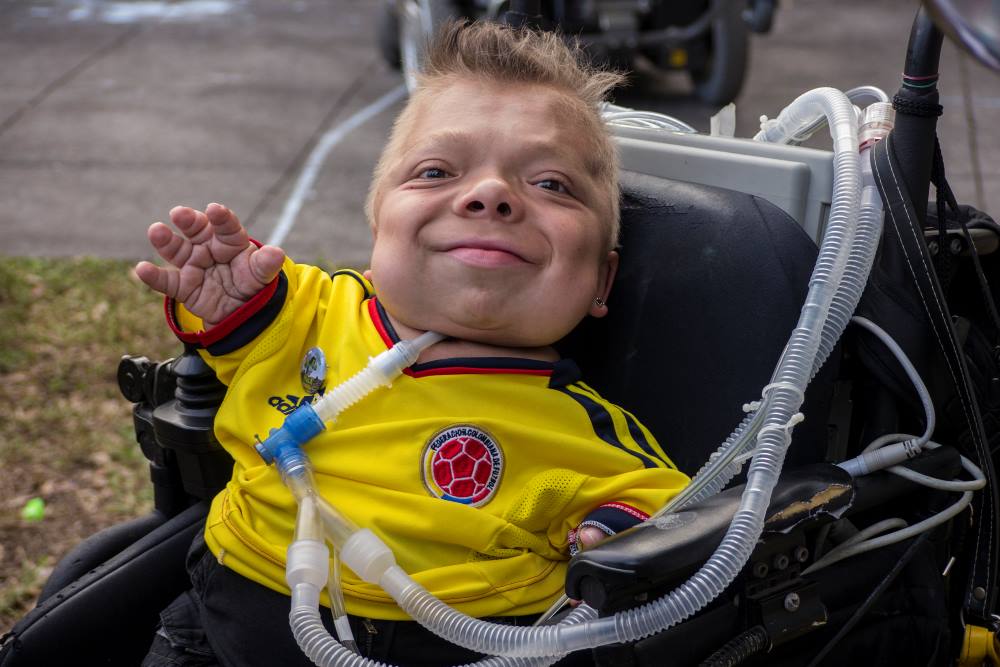
You might require a tracheostomy ventilator if you have serious health conditions such as a neuromuscular issue that has weakened your breathing muscles. However, you might require this ventilator if you have undergone a tracheostomy. A tracheostomy is a surgery where your doctor will make a direct opening in your windpipe and insert a tube to allow airflow.
Therefore, you cannot breathe through your mouth or nose and can only breathe through the ventilator support provided through this opening.
Benefits
Here are the benefits of tracheostomy:
- You find it more comfortable to breathe.
- Easier suctioning and oral care is possible.
- You might not require sedation or analgesia.
How Does a Ventilator Work?
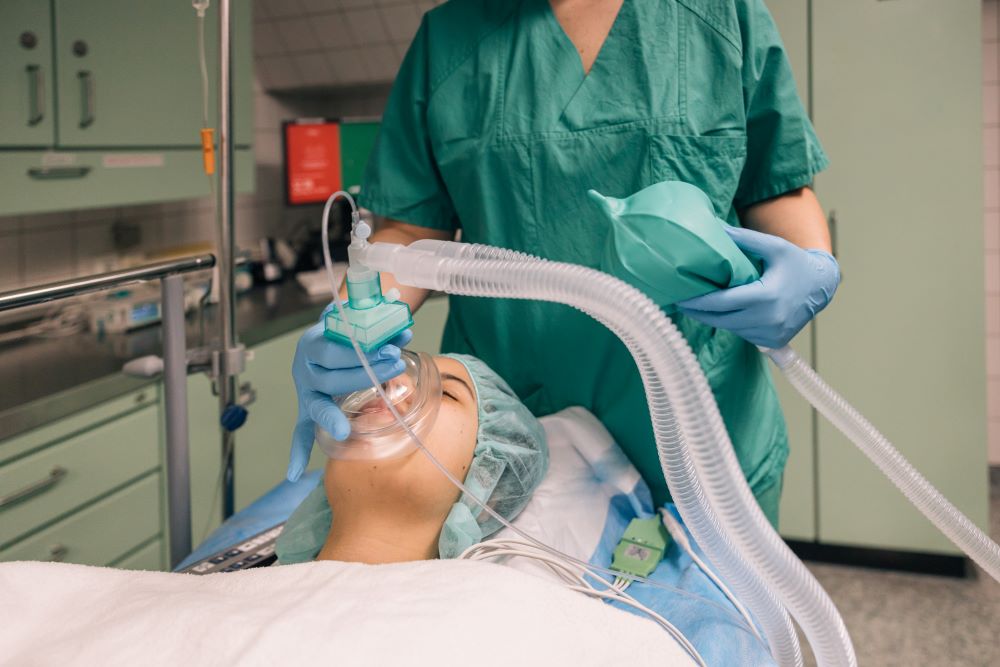
Since hospitals mostly use mechanical ventilators, here is a guide to how it works:
- When you are admitted to a hospital and require ventilation, a nurse will first insert an ET or endotracheal tube inside your nose and mouth and into your trachea.
- Then, this tube is connected to the ventilator, where the ventilator pumps Oxygen into your lungs.
- The ventilator can hold low pressure, known as positive end-expiratory pressure or PEEP. This will prevent the air sacs in your lungs from collapsing.
- Your doctor will then remove mucus from your windpipe via suctioning through this endotracheal tube.
- In case your doctor finds a tumour or other blockages in your trachea that might block airflow, he will follow the tracheostomy process.
Now that we know the definition of ventilators and how it works let us discuss who might need ventilation.
Why Would You Need a Ventilator?
If you are experiencing an extreme respiratory issue and cannot breathe, that means you cannot get enough Oxygen for your body. It is a severe health condition. This is when doctors suggest ventilation. Here is a list of reasons why you may require a ventilator:
- You require a ventilator if you have a lung disease that hampers your normal breathing condition.
- During surgery, doctors put you on a ventilator for sedation.
- Ventilation is necessary in case of head and spinal cord injuries or stroke.
- During sudden cardiac arrests.
- Ventilation is essential for neonatal respiratory distress syndrome, acute respiratory distress syndrome, pneumonia, or sepsis.
- Additionally, people who were suffering from extreme breathing problems during the pandemic required ventilation.
- Sometimes when doctors undergo a complicated surgery, the patient requires a ventilator to ease breathing post-surgery.
What Kind of Care Does a Person Need When on a Ventilator?
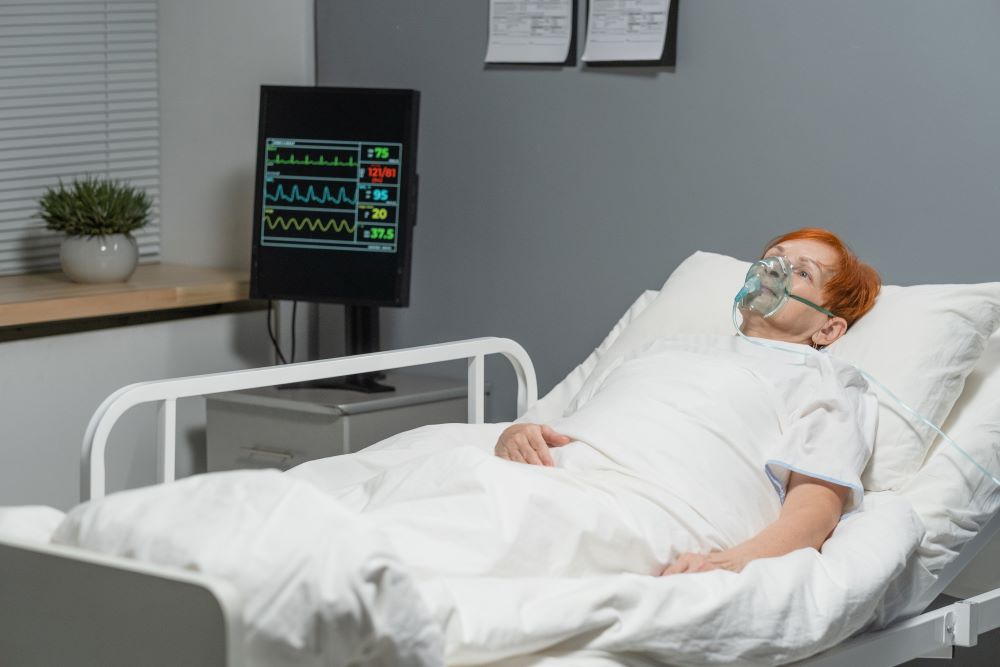
Many staff members, such as providers, nurses, and respiratory therapists, follow a person in the hospital on a ventilator. Holistic care of a mechanically ventilated patient will ensure his/her safety and well-being. The more important elements of care are as follows:
All these aspects are managed by the care team involving doctors, nurses, and respiratory therapists.
What are the Risks of Being on a Ventilator?

Although a ventilator is a life-saving device, it has potential side effects. You might notice these side effects if you are on a ventilator for a long time. Here are some of the common risks:
So now you know what a ventilator does and its uses, too. If any of your loved ones are under ventilation, be supportive and help them to ease their anxiety and fear. Additionally, you must ask all those who are visiting to wash their hands properly and wear face masks. The most important activity when you or anyone is under ventilation is to rest. The more the patient rests and avoids talking, the faster recovery will be.
Protect What Matters - Explore Other Insurance Options














